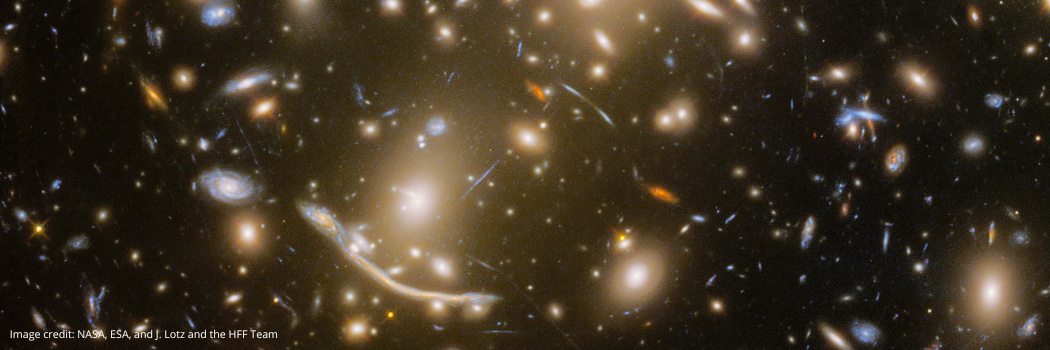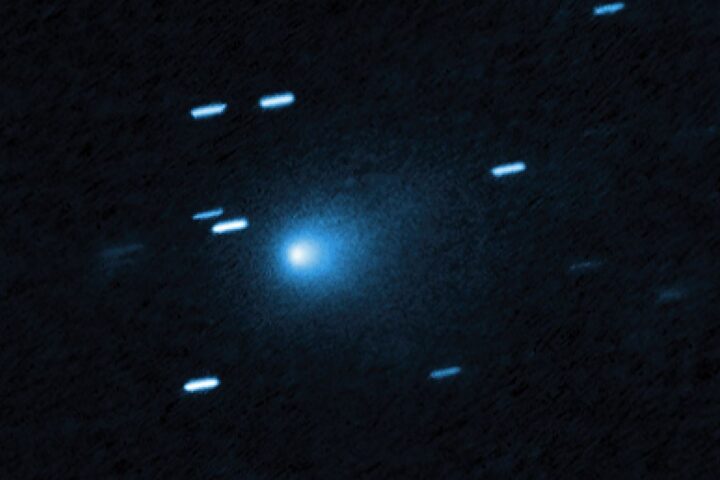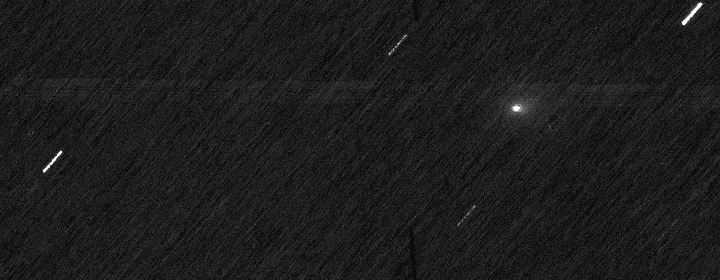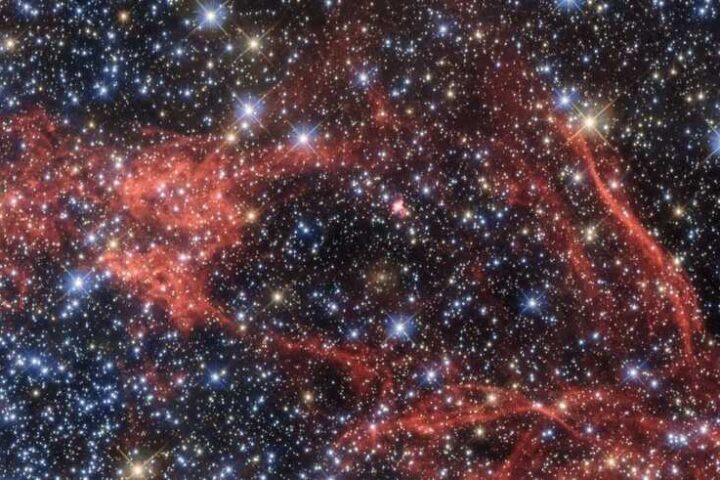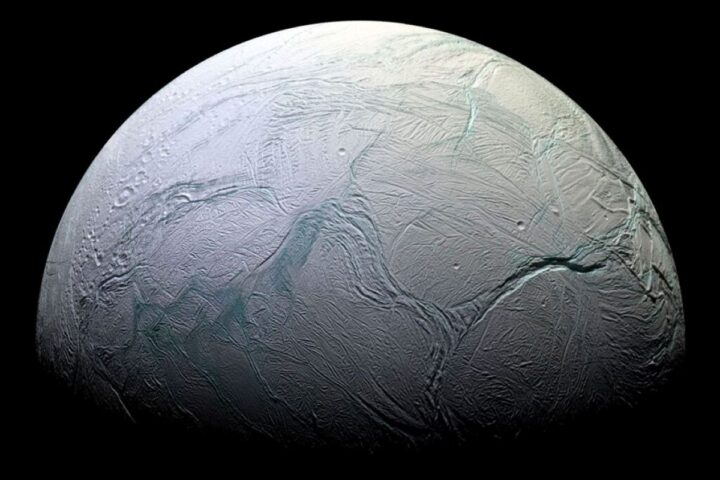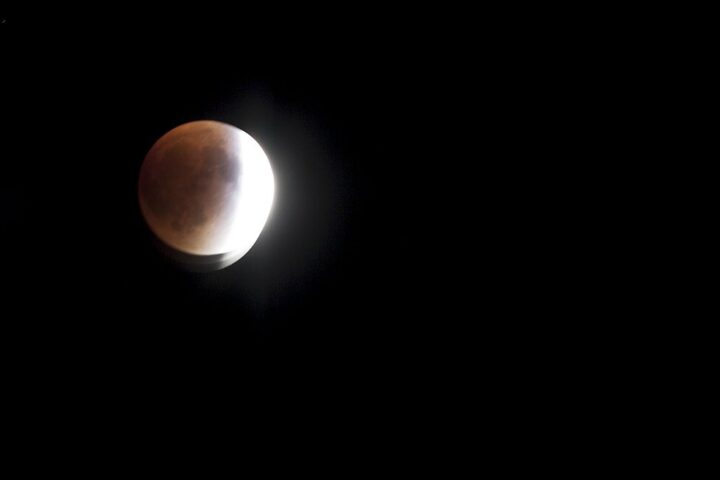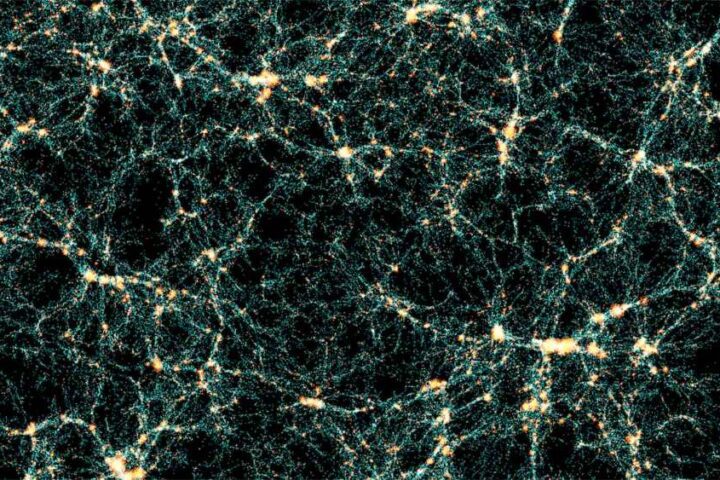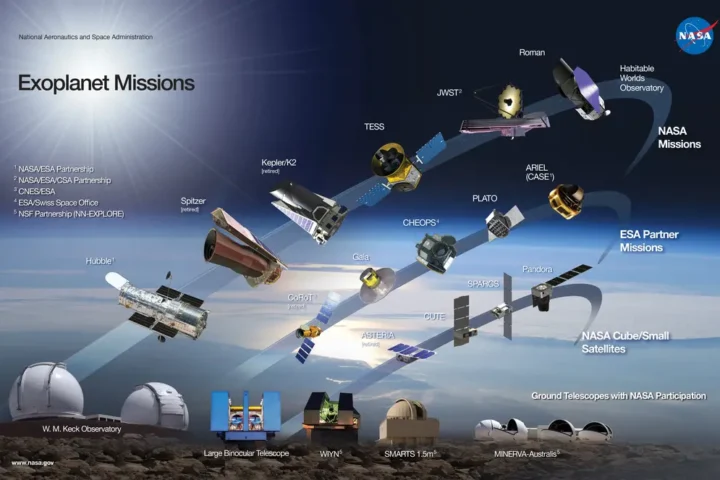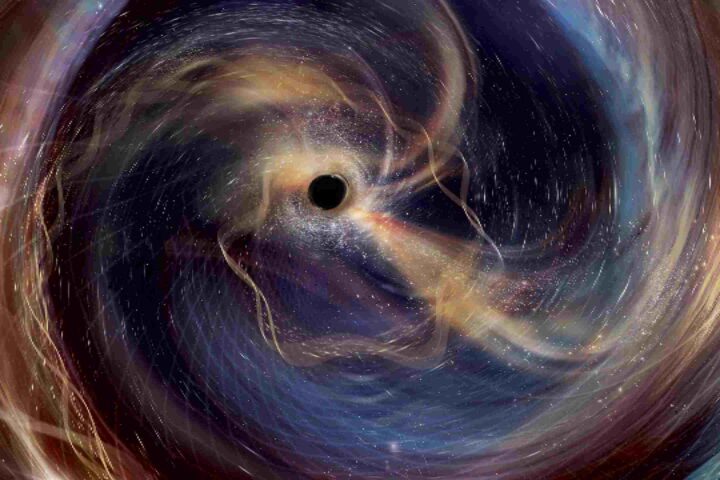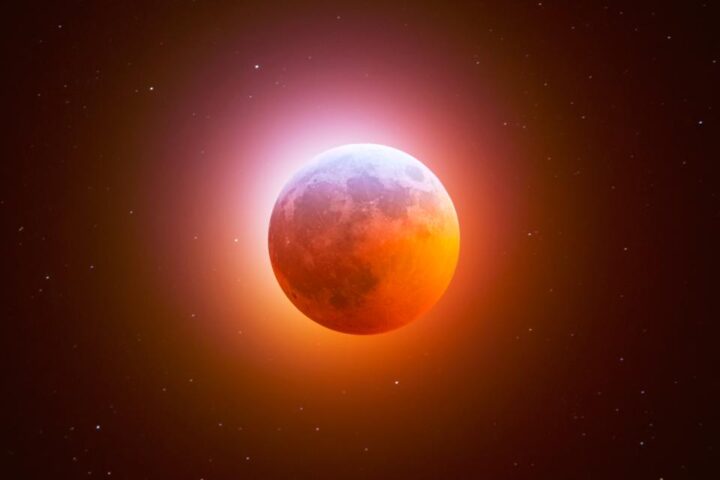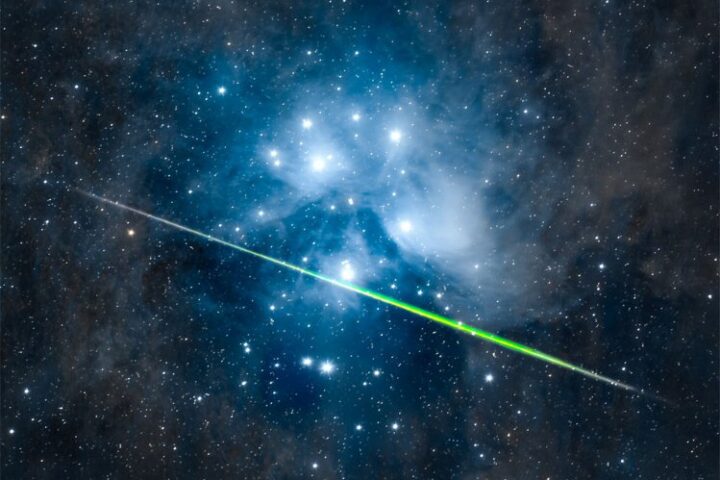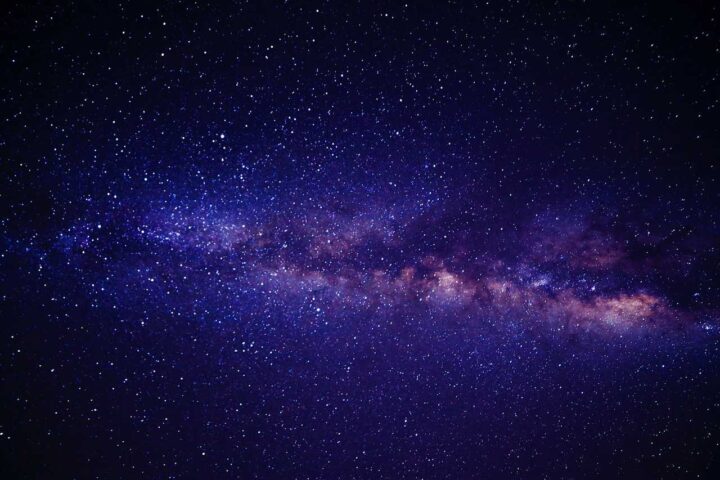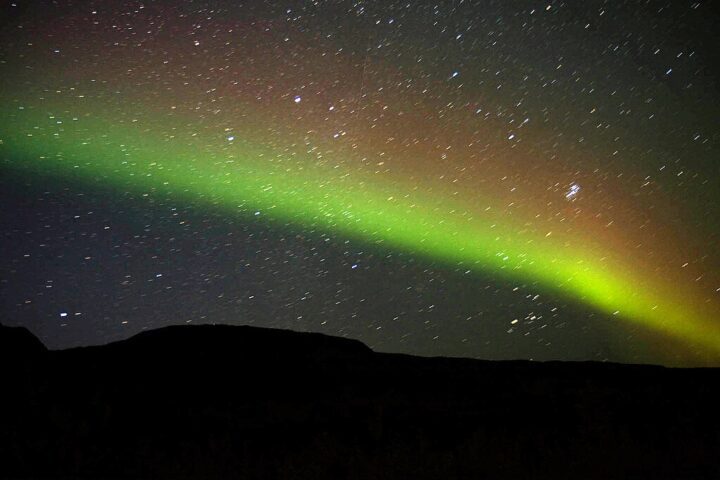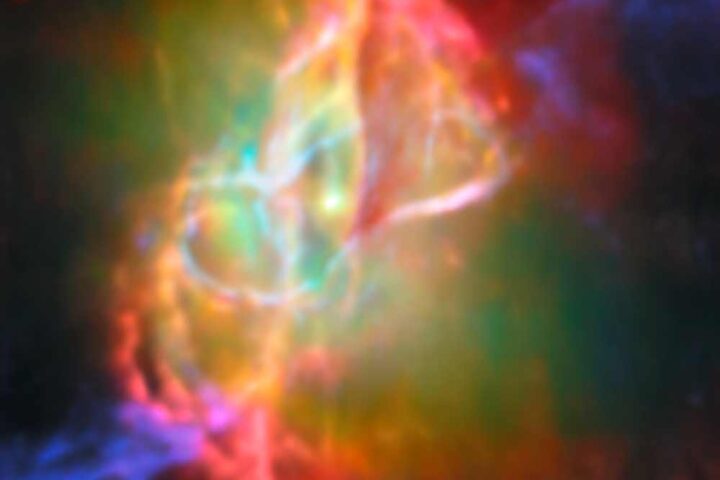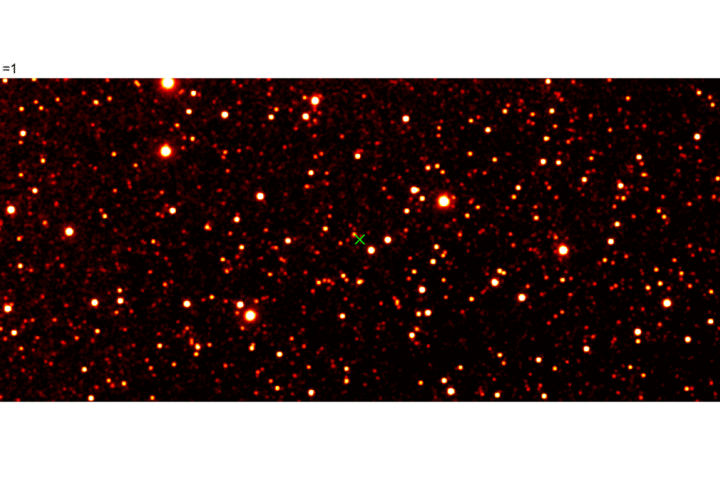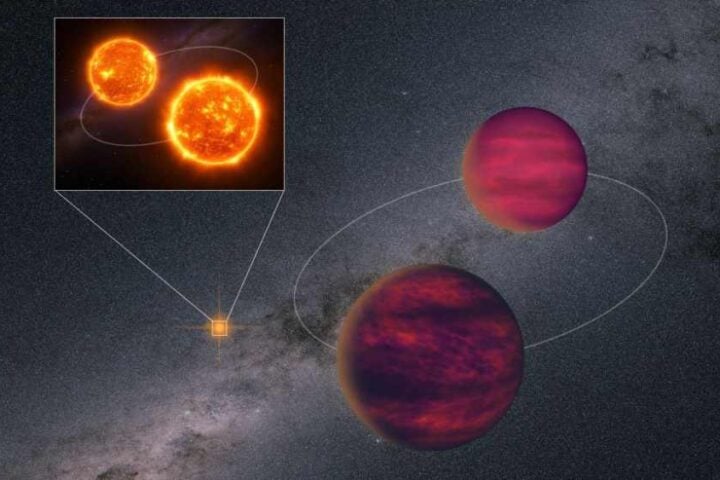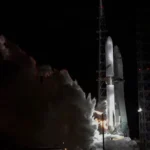In a breakthrough that helps us understand our cosmic history, scientists have found 44 new stars in a faraway galaxy using NASA’s Webb telescope and a natural zoom lens in space. These stars, visible when the universe was half its current age, give us clues about how stars formed and evolved during this crucial period.
Dr. David Lagattuta from Durham University explained that the stars in the image show what stellar life was like 8 billion years ago, during the time when star formation in the universe peaked, which is referred to as “cosmic noon”.
The discovery happened thanks to two features working together: the Webb telescope’s sharp infrared vision and a natural magnifying effect called gravitational lensing. This effect occurs when a massive group of galaxies called Abell 370 bends light from distant objects, making them visible to Webb’s cameras.
Most exciting for scientists are the “red supergiant” stars they found. These massive stars are usually hidden behind cosmic dust clouds. Webb’s ability to see through this dust gives researchers new ways to study how stars live and die.
Similar Posts
This finding matters for several reasons. First, it helps scientists better understand dark matter – the mysterious substance that binds together galaxies, creating the environment for stars, planets and life to exist. Second, by studying these ancient stars, researchers can piece together how galaxies evolved over time.
The research team, involving scientists from Japan’s Chiba University and Britain’s Durham University, plans to keep watching these stars over several years. Their observations could reveal more about the crucial middle period of our universe’s history when stars began behaving more like they do today.
According to Professor Mathilde Jauzac from Durham University, they were not just seeing one or two stars, but 44 of them at once, which gave them a much clearer picture of what was happening when the universe was going through its active star-forming period.
The study combined work from over 45 research institutions worldwide, showing how international cooperation helps unlock the universe’s secrets. By using Webb’s advanced technology and nature’s own magnifying glass, scientists are gaining unprecedented views into our cosmic past.
